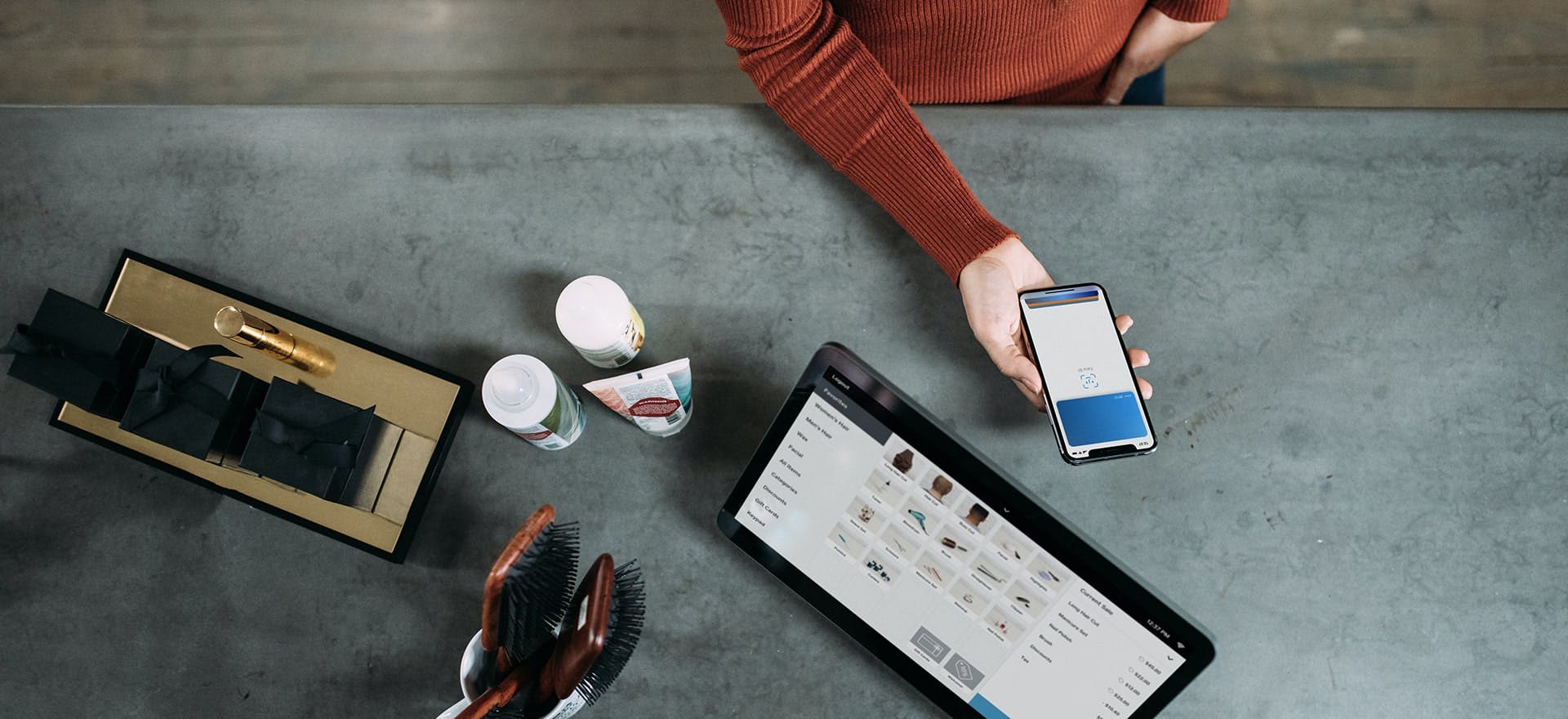The increasing preference for contactless payments during the COVID-19 pandemic might be here to stay.
What payment trends are emerging?
Mark Hodgson, Head of Product and Services at Samsung Electronics Australia, noted that there has been growing demand for cashless payment options.
“Demand for digital wallet solutions and contactless payments have grown strongly this year and we see this trend continuing as more people understand the convenience, secure authentication methods, as well as peace of mind that comes with removing the need to physically touch a terminal.”
The surge in cashless payments has also prompted payment platforms to offer more options for mobile banking.
This week Samsung partnered with Bankwest, allowing Bankwest cardholders to make contactless payments through a Samsung smartphone or wearable device.
“Australians are using their smart devices more than ever, with customers wanting choices that allow them to transact and do their banking in their own time and in their own way,” said Louise Tovey from Bankwest GM Everyday Banking.
Digital payment platforms have also enjoyed a swell in revenue despite the pandemic-induced recession.
Yesterday Afterpay announced a doubling in revenue in the 2020 financial year. Afterpay added about 17,300 new customers per day, which increased to 20,500 new customers a day in the fourth quarter.
“While remaining cautious in our ongoing response, it is clear that Afterpay’s predominantly e-commerce and budgeting focused service has been a net beneficiary of the significant shift to online spending and the shift away from traditional forms of credit,” said the FY20 results announcement.
Related: Afterpay doubles revenue and partners with Worldpay to go global
eftpos has also seen strong growth in mobile transactions.
“Many Australians are choosing to use eftpos when paying with their mobiles, with eftpos mobile transactions growing more than 400 per cent year on year in July 2020 across all supported mobile ecosystems,” eftpos CEO Stephen Benton said.
“From June to July 2020 alone, we saw 20 per cent growth in eftpos mobile transactions.
“We anticipate this growth will continue to soar with more mobile launches planned later this year and we already have more than 50 banks offering eftpos as a payment option on mobile.”
What are the most popular alternatives to cash?
The most popular alternative to cash is debit cards.
“… [C]ard payments continue to underpin the Australian economy, with debit cards way out in front as the nation’s favourite way to pay and a low-cost alternative for retailers as consumers move away from cash,” said Warwick Ponder, Head of Corporate Affairs at eftpos.
“In fact, debit cards are growing at more than 13 per cent Year on Year despite COVID conditions.
“These massive card payment volumes underpin the vast majority of retail payments in the country, including as a funding source for eCommerce, mobile and BNPL transactions.”
When using debit cards, small businesses should also consider managing their acceptance costs and Least Cost Routing to save on transaction fees.
Related: Three simple steps to improve your small business cashflow
“Right now in Australia, nothing is more important for Australian business owners than protecting cash flow,” Mr Benton said.
“There are many things outside their control such as labour costs and utility bills, but they may be able to reduce the cost of receiving payments by Least Cost Routing.
“With debit cards accounting for more than 70 per cent of card transactions in Australia and more consumers moving away from cash after COVID-19, routing has the potential to deliver significant savings for many thousands of small and medium businesses across the country. In turn, these cost savings could also flow to customers in the form of lower prices or reduced surcharges.”
Is cash still being used?
Despite the growth of cashless payments, cash is still important in retail payments.
RBA data from June 20202 revealed that there were still 3.3 million cheque payments in retail spending.
However the number of cheque payments in retail spending has been decreasing by 28 per cent Year on Year.
Keep up to date with our stories on LinkedIn, Twitter, Facebook and Instagram.

